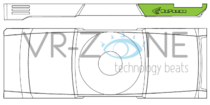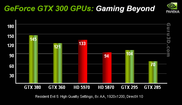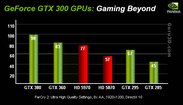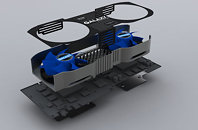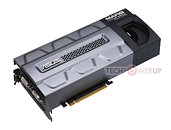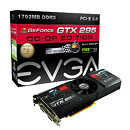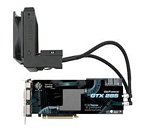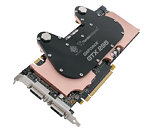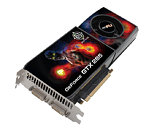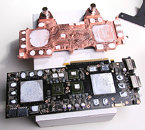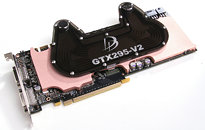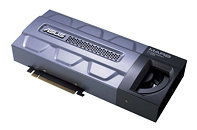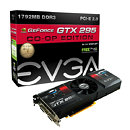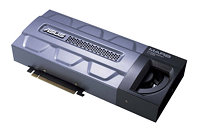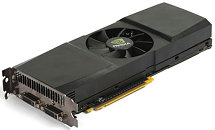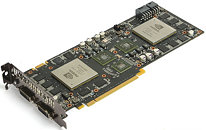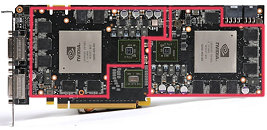
ASUS Designs MARS II Dual-GTX 580 Graphics Card for GeForce Enthusiasts
When ASUS first set out to build the MARS, a dual-GeForce GTX 285 graphics card, people thought the designers were crazy. NVIDIA could barely get the two 55 nm G200b GPUs on GeForce GTX 295 to run at GTX 285 specifications of 240 shaders and 512-bit GDDR3 each, and instead ran them with 448-bit wide GDDR3 memory interface, and lower clocks. ASUS managed to back two GPUs with insanely strong VRM and cooling, to achieve a dual-GPU graphics card that was more than just a GTX 295 overclocked. ASUS is back on the drawing boards with MARS II, a new dual-GPU graphics card that runs two GF110 GPUs in the same exact config as on GeForce GTX 580, perhaps with clock speeds higher than those of GTX 580.
The GeForce GTX 590 runs two GF110 GPUs with all CUDA cores and the complete width of the memory bus enabled, but the GPUs and memory are clocked significantly lower at 607 MHz core, 1214 MHz CUDA cores, and 3.42 GHz memory; while the single-GPU GTX 580 runs at 772 MHz core, 1544 MHz CUDA cores, and 4.00 GHz memory. MARS II also aims to get over the various design pitfalls of GTX 590 that made voltage-assisted overclocking practically impossible on air-cooling. To do this, MARS II will make use of a massive 19-phase VRM with Super Alloy chokes. To cool the beast, ASUS will put to use the expertise it gathered over time with its DirectCu series video card coolers. The new cooler will provide uniform cooling to both GPUs. More details, particularly about the when the card will be released, are awaited.
The GeForce GTX 590 runs two GF110 GPUs with all CUDA cores and the complete width of the memory bus enabled, but the GPUs and memory are clocked significantly lower at 607 MHz core, 1214 MHz CUDA cores, and 3.42 GHz memory; while the single-GPU GTX 580 runs at 772 MHz core, 1544 MHz CUDA cores, and 4.00 GHz memory. MARS II also aims to get over the various design pitfalls of GTX 590 that made voltage-assisted overclocking practically impossible on air-cooling. To do this, MARS II will make use of a massive 19-phase VRM with Super Alloy chokes. To cool the beast, ASUS will put to use the expertise it gathered over time with its DirectCu series video card coolers. The new cooler will provide uniform cooling to both GPUs. More details, particularly about the when the card will be released, are awaited.


